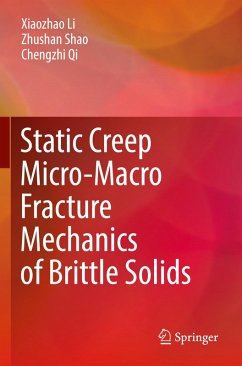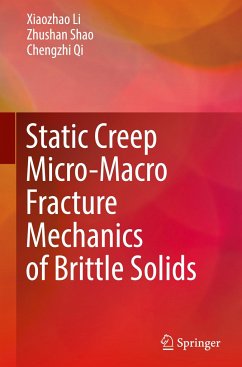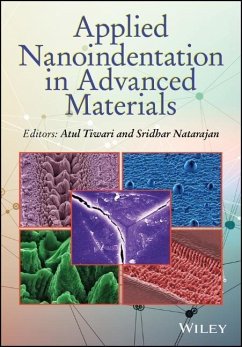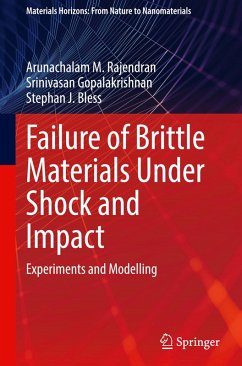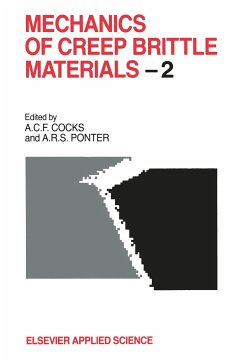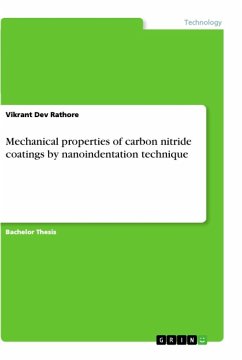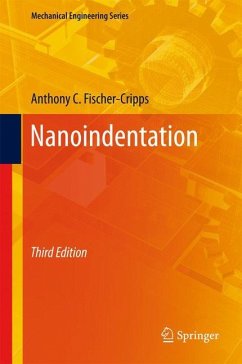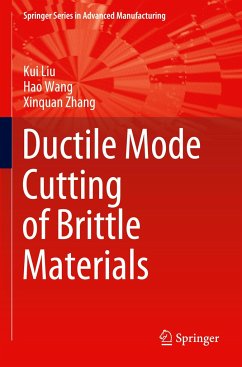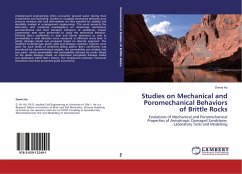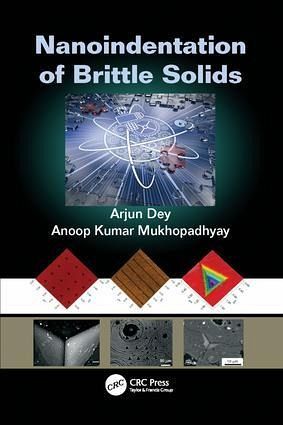
Nanoindentation of Brittle Solids
Versandkostenfrei!
Versandfertig in 1-2 Wochen
128,99 €
inkl. MwSt.

PAYBACK Punkte
64 °P sammeln!
Understanding the Basics of Nanoindentation and Why It Is Important Contact damage induced brittle fracture is a common problem in the field of brittle solids. In the case of both glass and ceramics-and as it relates to both natural and artificial bio-materials-it has triggered the need for improved fabrication technology and new product development in the industry. The Nanoindentation Technique Is Especially Dedicated to Brittle Materials Nanoindentation of Brittle Solids highlights the science and technology of nanoindentation related to brittle materials, and considers the applicability of ...
Understanding the Basics of Nanoindentation and Why It Is Important Contact damage induced brittle fracture is a common problem in the field of brittle solids. In the case of both glass and ceramics-and as it relates to both natural and artificial bio-materials-it has triggered the need for improved fabrication technology and new product development in the industry. The Nanoindentation Technique Is Especially Dedicated to Brittle Materials Nanoindentation of Brittle Solids highlights the science and technology of nanoindentation related to brittle materials, and considers the applicability of the nanoindentation technique. This book provides a thorough understanding of basic contact induced deformation mechanisms, damage initiation, and growth mechanisms. Starting from the basics of contact mechanics and nanoindentation, it considers contact mechanics, addresses contact issues in brittle solids, and explores the concepts of hardness and elastic modulus of a material. It examines a variety of brittle solids and deciphers the physics of deformation and fracture at scale lengths compatible with the microstructural unit block. Discusses nanoindentation data analysis methods and various nanoindentation techniques Includes nanoindentation results from the authors' recent research on natural biomaterials like tooth, bone, and fish scale materials Considers the nanoindentation response if contact is made too quickly in glass Explores energy issues related to the nanoindentation of glass Describes the nanoindentation response of a coarse grain alumina Examines nanoindentation on microplasma sprayed hydroxyapatite coatings Nanoindentation of Brittle Solids provides a brief history of indentation, and explores the science and technology of nanoindentation related to brittle materials. It also offers an in-depth discussion of indentation size effect; the evolution of shear induced deformation during indentation and scratches, and includes a collection of related research works.





